Some gardening advice has been passed down like sacred tradition—your grandma’s grandma probably swore by it. But in 2025, many of those “rules” are being reconsidered (or tossed out entirely). Whether it’s new science, changing climates, or just evolving aesthetics, today’s gardeners are finding better, more flexible ways to grow. If you’re still following every outdated tip in the book, it might be time to grab your spade and rethink what really works.
1. You Must Till the Soil Every Spring

Tilling used to be seen as the essential first step to a healthy garden. But as Better Homes & Gardens points out, modern soil science shows that tilling can actually harm beneficial microbes and disrupt soil structure. Gardeners today are embracing no-till or low-till methods to protect those underground ecosystems. It’s better for your plants—and your back.
Not only does no-till gardening save time and reduce soil erosion, but it also improves water retention and boosts organic matter. Raised beds and layering compost directly on top of existing soil have become more popular alternatives. While tilling can still have a place in some situations, it’s no longer the default advice. For many gardeners, skipping this step entirely leads to better results.
2. You Have to Stick to Native Plants
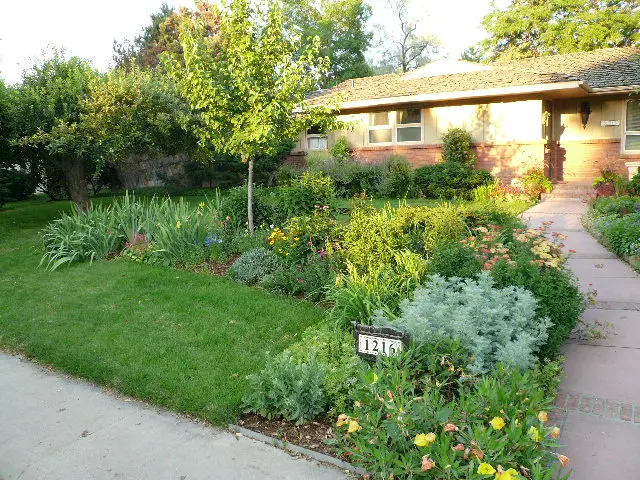
There’s a lot of talk about native plants—and for good reason. But as The New York Times recently noted, the idea that only native species are acceptable is falling out of favor with many gardeners. Experts now emphasize the importance of adapted plants—species that thrive in your region even if they didn’t originate there. The goal is resilience, not rigid rules.
This shift allows gardeners more creative freedom without compromising sustainability. Mediterranean herbs like rosemary and lavender, for example, can thrive in dry U.S. climates and still support pollinators. As long as a plant isn’t invasive or damaging, today’s gardeners feel freer to mix things up. The strict native-only mindset is being replaced with nuance and balance.
3. Never Water at Night
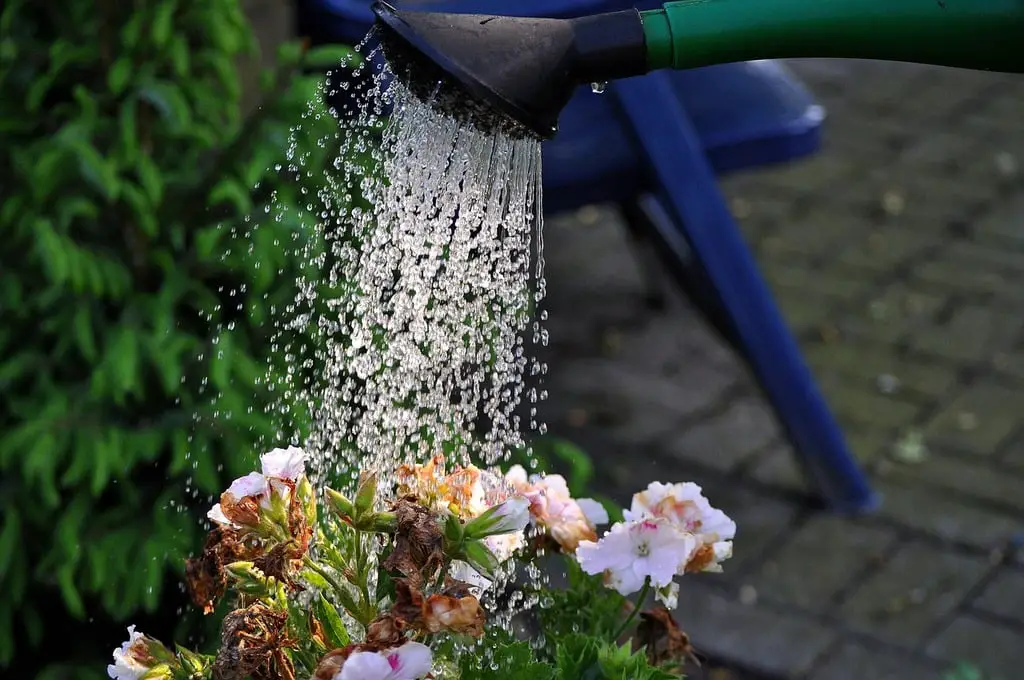
If you’ve been told watering at night causes mildew or root rot, you’re not alone. But according to The Spruce, nighttime watering isn’t nearly as problematic as once believed—especially in hotter regions where daytime evaporation wastes moisture. The key is to avoid soaking leaves and focus water at the base of the plant. Done right, it’s often more efficient than midday watering.
In fact, many professional growers now water in the evening to maximize absorption and reduce stress during extreme heat. It’s also a great option for people with busy schedules who can’t water in the morning. As long as air circulation is decent and you’re not oversaturating your soil, your plants won’t mind the late-night drink. The old fear around this habit is largely outdated.
4. Every Garden Needs a Lawn
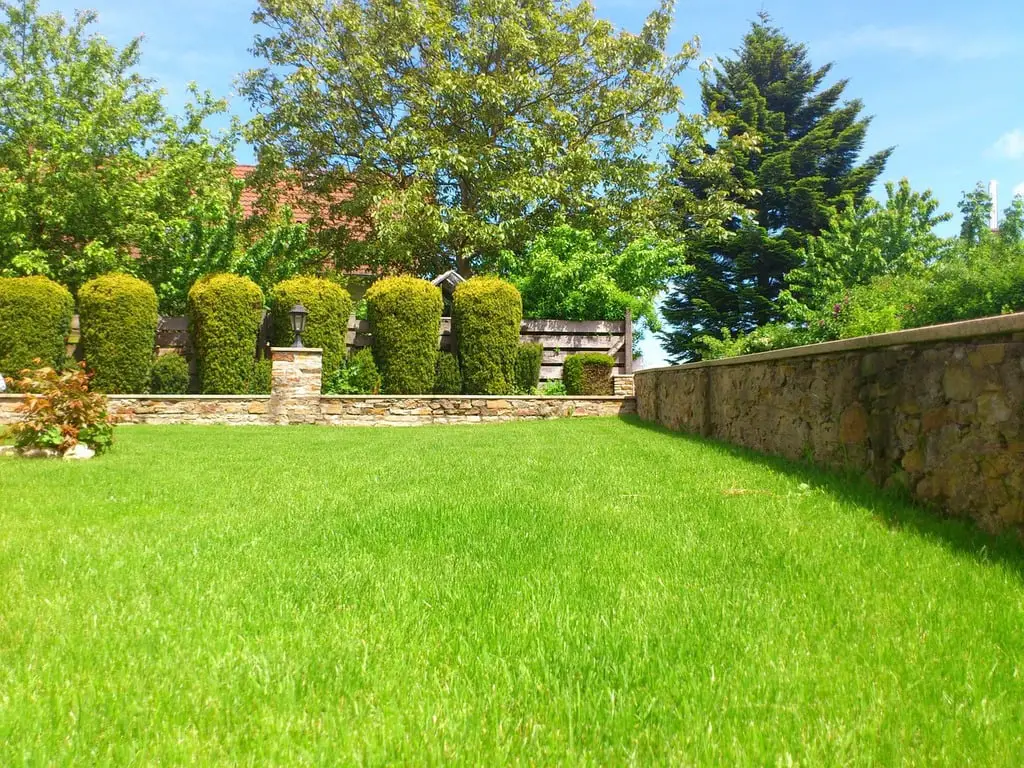
Lawns were once seen as the crown jewel of the American yard—but priorities have changed. As Zillow has reported, more homeowners are replacing high-maintenance lawns with eco-friendly alternatives like clover, native ground covers, and edible gardens. Lawns require massive amounts of water, mowing, and fertilizer—all things many people are trying to cut back on. The “perfect green carpet” ideal is losing its appeal fast.
In many suburban and urban neighborhoods, lawns are being replaced with pollinator gardens, drought-tolerant landscapes, or even gravel designs. These alternatives save money and reduce environmental impact while adding visual interest. If you’re still holding onto your turf out of tradition, it might be time to consider a smarter setup. For many gardeners, less grass means more joy.
5. Deadheading Is Always Necessary
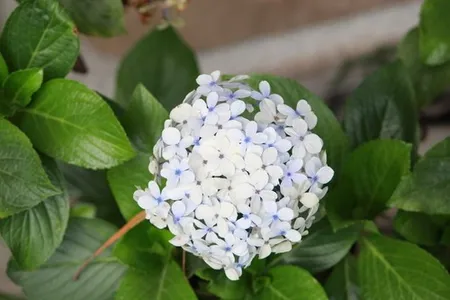
Deadheading—snipping off spent flowers—used to be a staple garden chore. But now, some gardeners are skipping it intentionally to let flowers go to seed and support wildlife. Leaving blooms to fade naturally can provide food for birds and promote self-seeding for next season. It’s a shift from manicured perfection to a more natural rhythm.
Not every plant needs deadheading anyway, and constant pruning can stress certain species. While it’s still useful for prolonging blooms on some ornamentals, it’s no longer a must for every gardener or flower type. People are learning to balance beauty with biodiversity. Sometimes, a little mess makes a healthier garden.
6. You Must Rotate Everything Every Year

Crop rotation has its place—especially in large-scale agriculture or veggie-heavy gardens. But in small home plots or container gardens, rotating crops every year isn’t always practical or even necessary. If you amend your soil properly and keep disease in check, some plants can thrive in the same spots for years. It’s all about observation, not obligation.
This doesn’t mean you should ignore pest cycles or overplant one species—but rigid rotation schedules aren’t always needed. Some gardeners are moving toward companion planting or permaculture methods that create stability without constant rearranging. If your tomatoes do well in that sunny corner every year, there’s no rule saying you have to move them. Flexibility is becoming the new standard.
7. Bugs Are the Enemy
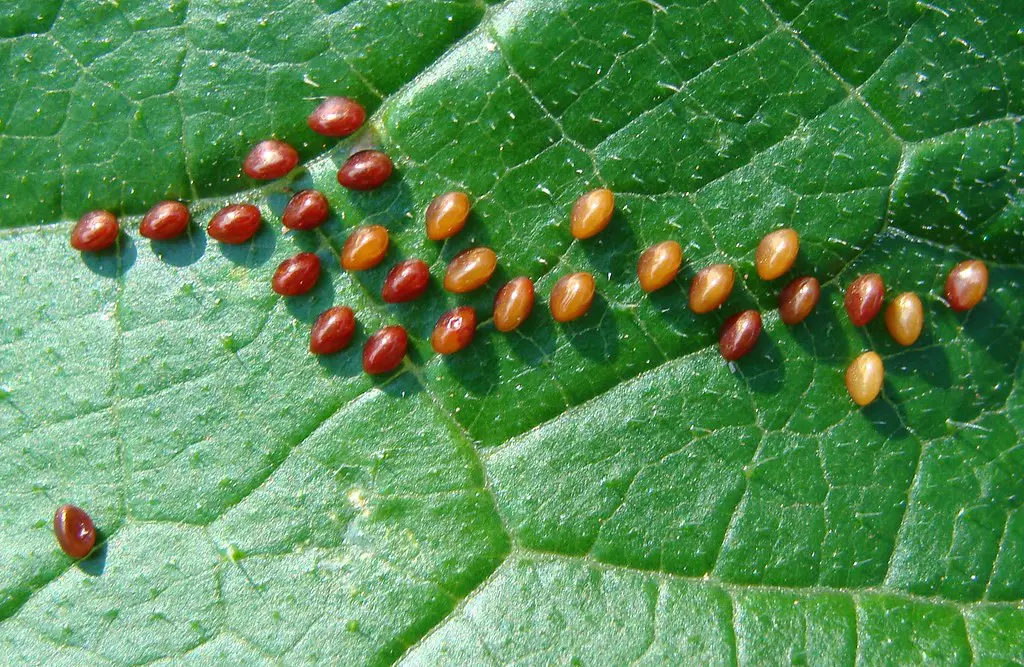
We’ve all heard it: If there are bugs, spray them. But modern gardeners are learning that not all insects are pests—and some are essential allies. Ladybugs, lacewings, parasitic wasps, and even spiders play crucial roles in keeping bad bugs in check. Spraying indiscriminately can do more harm than good.
Instead, more gardeners are creating insect-friendly environments to promote natural balance. Leaving leaf litter, planting flowers for pollinators, and avoiding harsh chemicals can lead to fewer problems over time. It’s not about having zero bugs—it’s about having the right ones. The days of reaching for pesticide first are long gone.
8. Always Prune in Early Spring
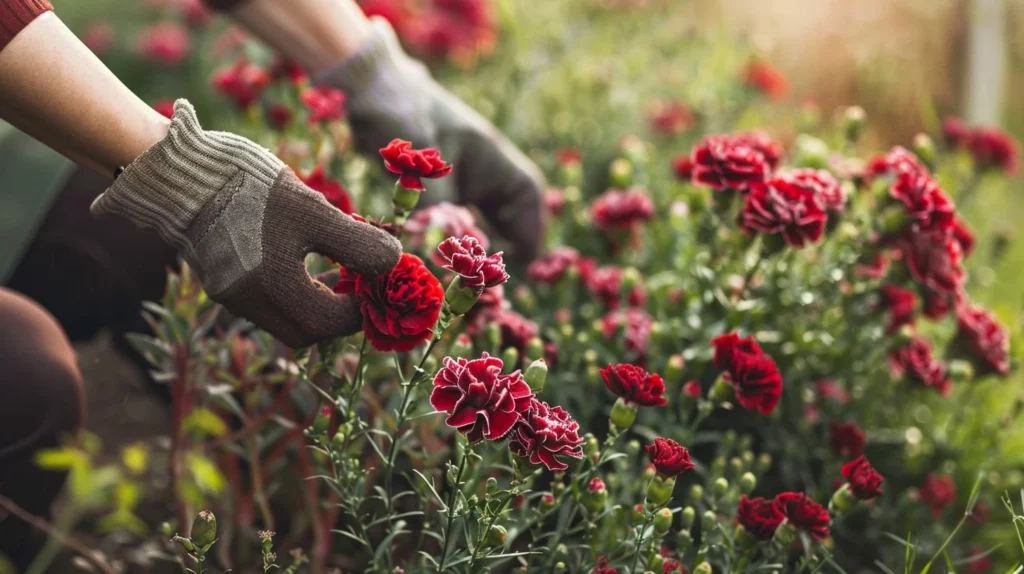
Pruning in early spring is a great general rule—but it’s not a one-size-fits-all strategy. Different plants have different pruning schedules, especially those that bloom on old wood. Prune too early, and you might cut off all your flower buds. The smarter approach is to learn each plant’s specific needs.
Hydrangeas, for example, often bloom better when pruned after flowering rather than before. Shrubs like lilacs and azaleas also prefer post-bloom pruning. Gardeners today are tailoring their methods instead of relying on blanket rules. Understanding timing makes for a much healthier (and prettier) garden.
9. You Need Chemical Fertilizer for Big Blooms
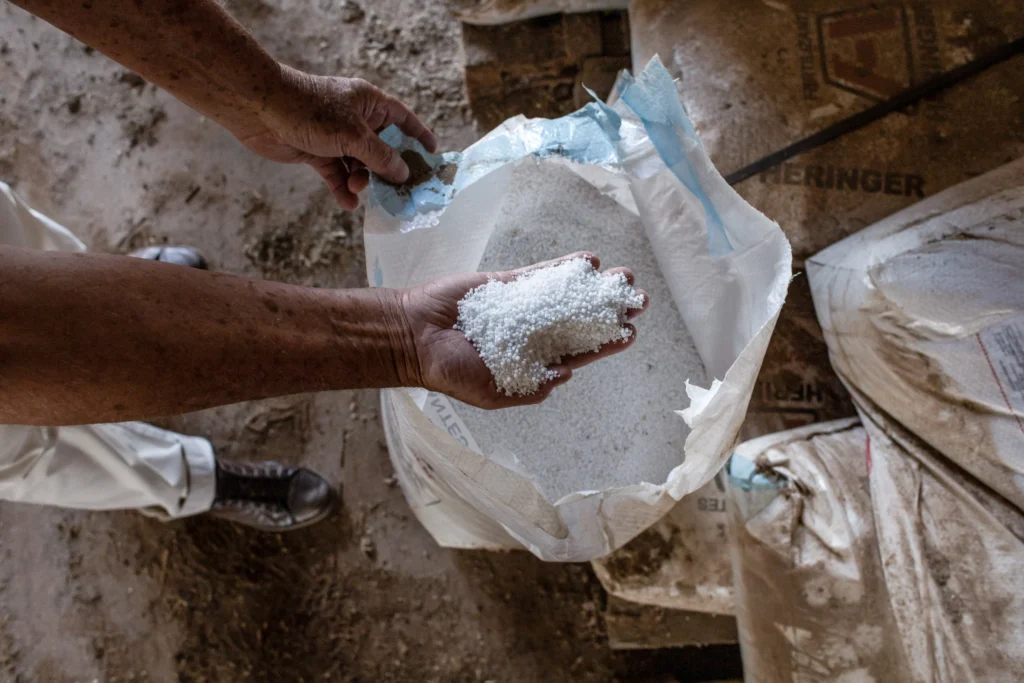
Chemical fertilizers used to be the go-to solution for lush growth—but their downsides are becoming harder to ignore. Overuse can damage soil biology, cause nutrient runoff, and lead to dependency. Many gardeners now opt for organic compost, worm castings, and slow-release natural amendments. These support long-term soil health and reduce the risk of overfeeding.
It may take a little more time and patience, but the payoff is worth it. Plants grown in rich, organic soil tend to be more resilient and flavorful. Plus, you’ll avoid the harsh chemical smell and environmental guilt. Bigger blooms are still possible—just with a gentler touch.
10. Mulch Must Be Replaced Every Year
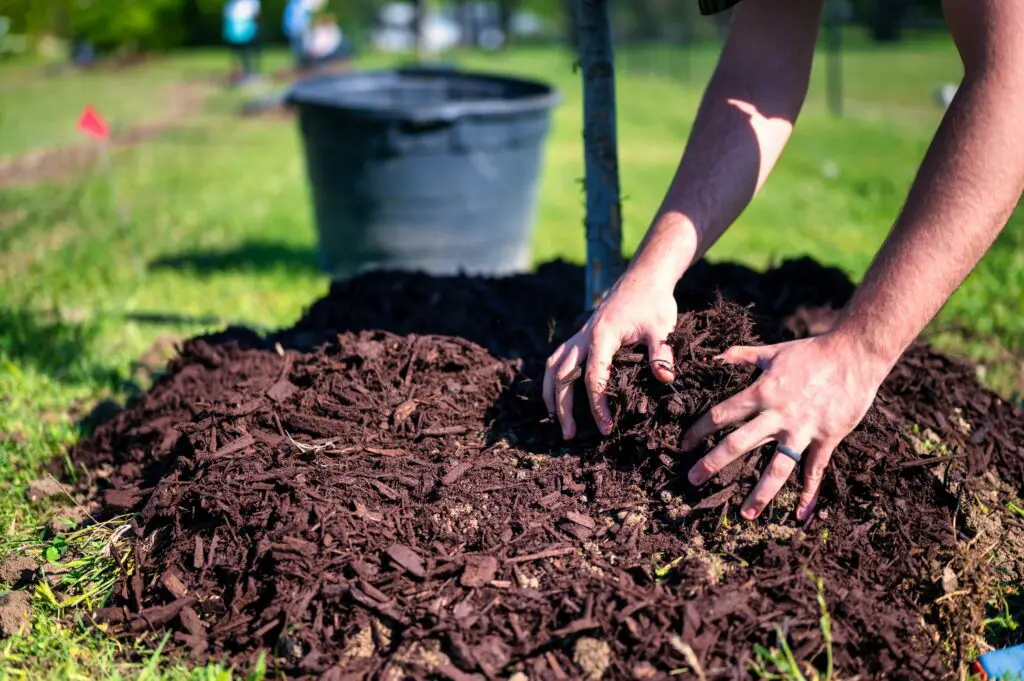
Many gardeners automatically replace their mulch each spring without considering if it’s necessary. But mulch breaks down at different rates depending on material, weather, and application depth. Replacing it too often can waste time and money—and sometimes even smother plant roots. These days, gardeners are learning to top off only when needed.
Shredded bark, straw, and compost mulch may only need a light refresh every couple of years. Plus, letting mulch decompose naturally adds nutrients to the soil. It’s a more sustainable and low-effort approach. Forget the calendar—watch the garden instead.
11. Container Plants Can’t Thrive Year-Round
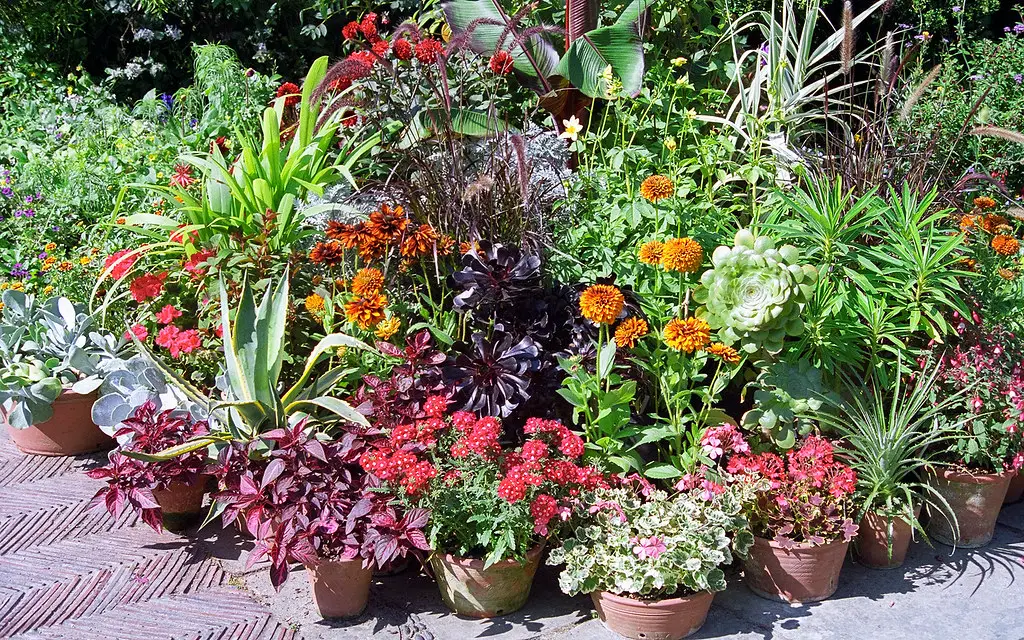
It’s a common belief that potted plants are strictly seasonal—but that’s no longer the case. With the right materials and a little planning, many containers can stay outside all year long. Weatherproof pots, proper drainage, and cold-hardy plants make it entirely possible. Some gardeners even use insulated liners to protect roots through winter.
Container gardening is more flexible than ever before. From dwarf evergreens to herbs that thrive in cooler months, there are tons of year-round options. It just takes a little research—and a willingness to break old habits. Your patio doesn’t have to go bare in December anymore.
12. Bigger Yields Mean a Better Garden
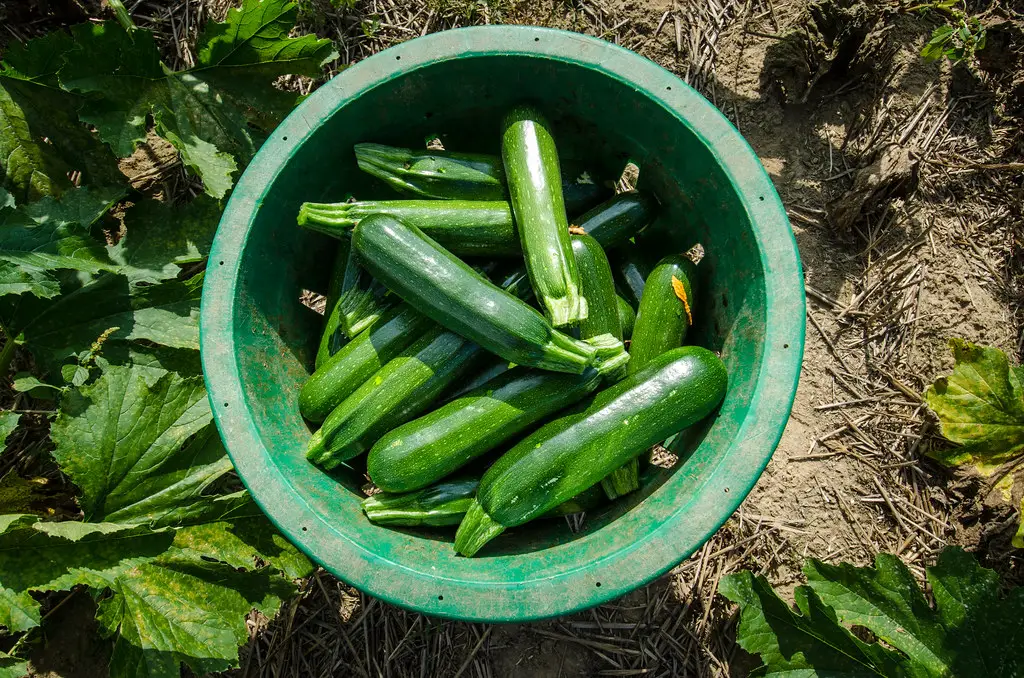
It’s easy to chase giant zucchinis or tomato overloads—but quantity isn’t everything. Many gardeners are moving away from sheer volume and focusing on quality, flavor, and enjoyment. A smaller, manageable garden can be more rewarding and less stressful. Plus, you won’t find yourself begging neighbors to take your 14th squash of the week.
Gardening today is as much about lifestyle as it is about output. People want beauty, relaxation, and connection—not just baskets of produce. If your harvest brings you joy, you’re doing it right. Bigger isn’t always better anymore.
